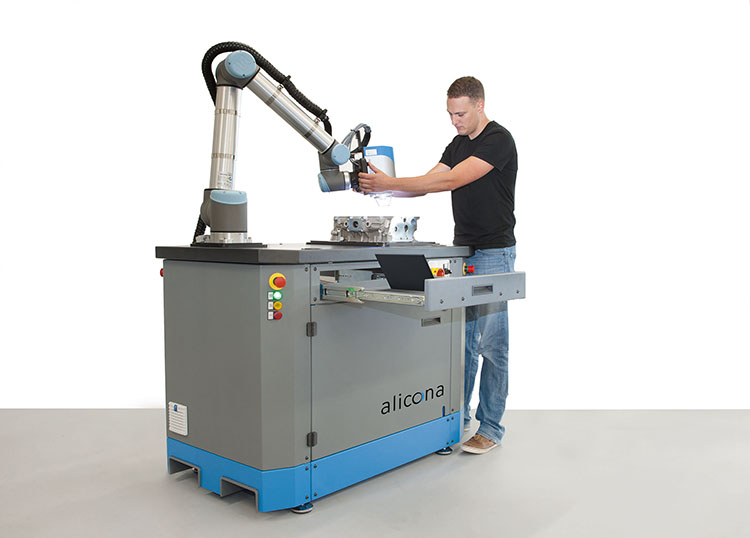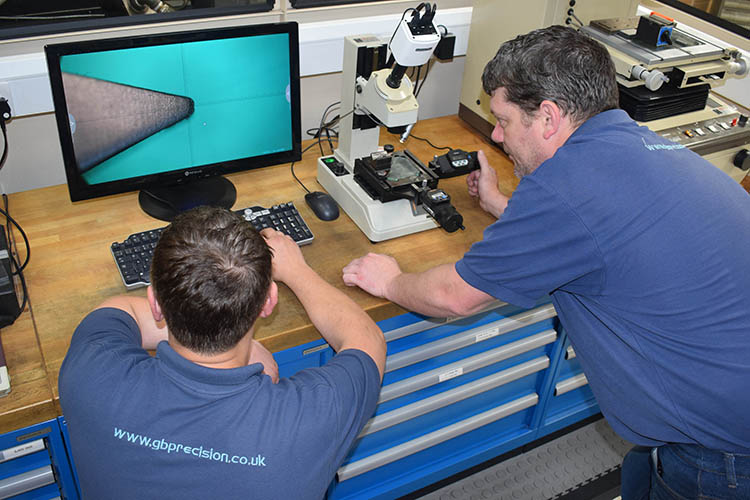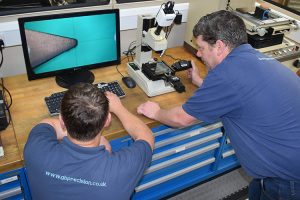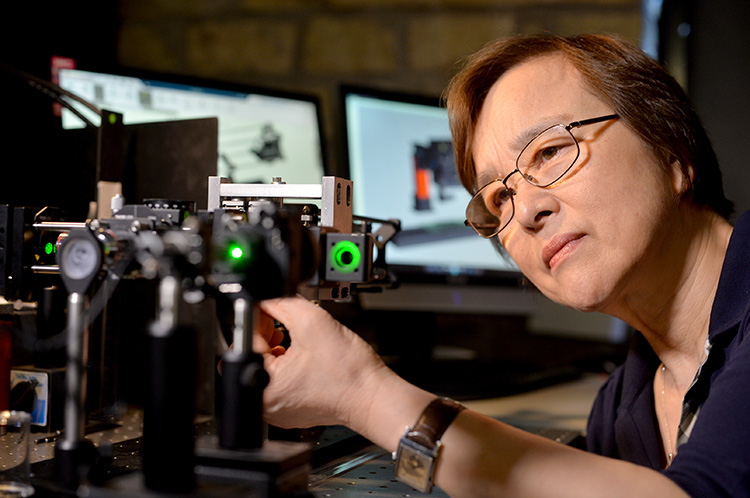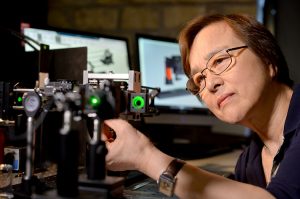At the EMO exhibition in Hanover last week, Alicona presented its new ‘cobot’ system, combining collaborative robots with high-resolution optical 3D measuring sensors. The new Compact-Cobot is a universal solution applicable in all industries to verify surface state and dimensional accuracy.
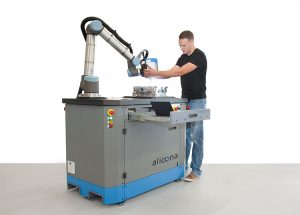
Alicona cobots combine collaborative robots and optical 3D measuring sensors. A measuring sensor is mounted to a mobile robot platform and can be positioned as needed, even for the measurement of components in the machine. This is made possible by intuitive hand-guided controls for the teaching of measurement routines, automatic measurement evaluation and a no-enclosures safety concept.
Cobots require no prior metrology knowledge and make handling, programming and executing measurement routines easy. Using connected automation software, any series of measurements can be defined by an administrator at several positions, which the operator then starts with the press of a button. Control and measurement are fully automated, and upon completion the worker receives a measurement report with OK or not OK details.
In addition, an optional CADCAM connection allows the definition of measurement points and directions directly in the corresponding CAD file. A simulation provides a preview of the process to be performed, supporting safe and secure measurement planning. Virtual operation of the Alicona measurement system comprises the entire handling, from the positioning of a component through to the determination of the measurement area in 3D.
For further information www.alicona.com






